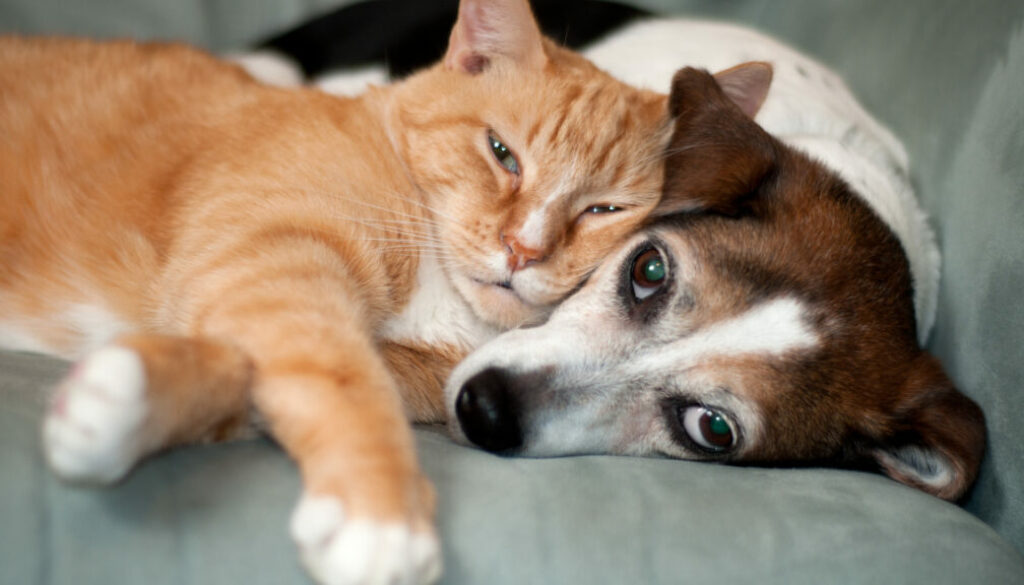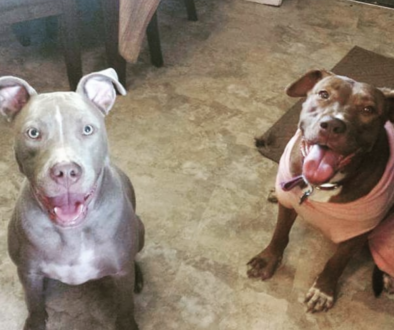The Financial Side of Pet Adoption: Costs and Savings
Bringing a new furry friend into your life can be an intensely rewarding experience. However, before diving headfirst into pet adoption, it’s vital to take a pause and consider the financial implications. Pets, just like humans, require financial care, and understanding the costs and potential savings associated with pet adoption is crucial for responsible pet ownership. In this article, we will explore the financial side of pet adoption, shedding light on not only the expenses but also the potential avenues for savings along the way.
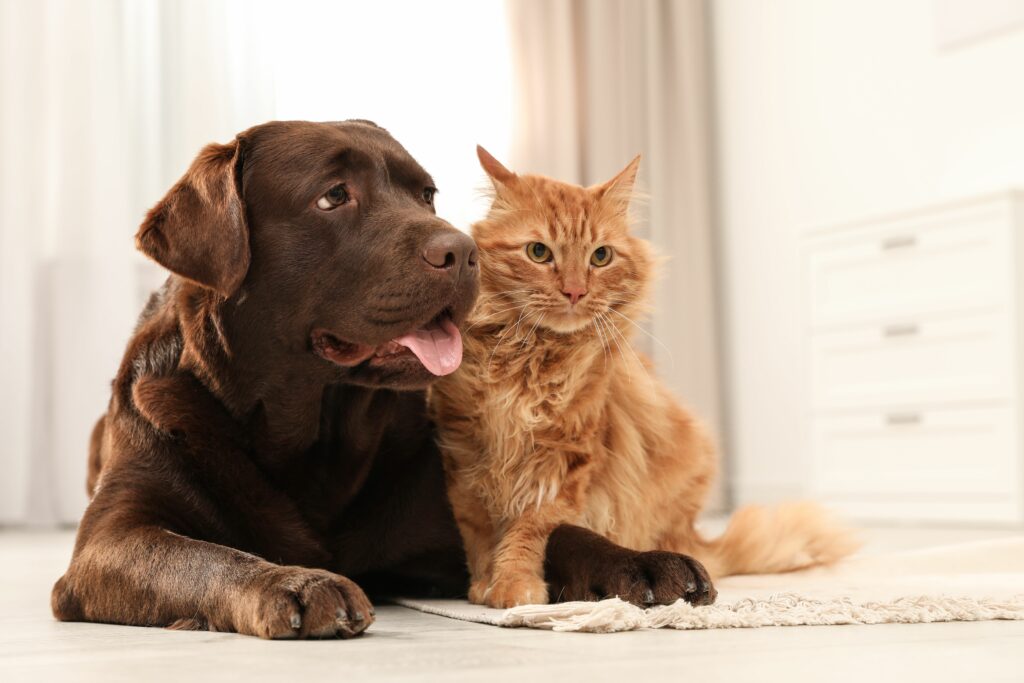
The Upfront Costs of Pet Adoption
When welcoming a new pet into your home, be prepared for some initial upfront expenses. While costs may vary depending on the type of pet and your location, here are some typical expenses associated with pet adoption:
- Adoption Fees: Pet adoption fees are set by shelters or rescue organizations and vary widely. It is worth noting that these fees generally cover initial veterinary care, such as vaccinations, spaying/neutering, and microchipping, making it a valuable investment.
- Supplies and Equipment: Your furry companion will need a comfortable bed, feeding bowls, toys, a leash, a collar, and possibly a crate. These items can add up quickly, so budget accordingly.
- Veterinary Visits: It’s crucial to prioritize your pet’s health, which means scheduling regular veterinary check-ups. These visits ensure vaccinations, preventive medications, and general wellness exams that can address any underlying or developing health issues.
- Training and Socialization: Training your pet is not just for good behavior; it also guarantees their safety and happiness. Enrolling in obedience classes or hiring a professional trainer can help shape your pet into a well-adjusted member of your household.
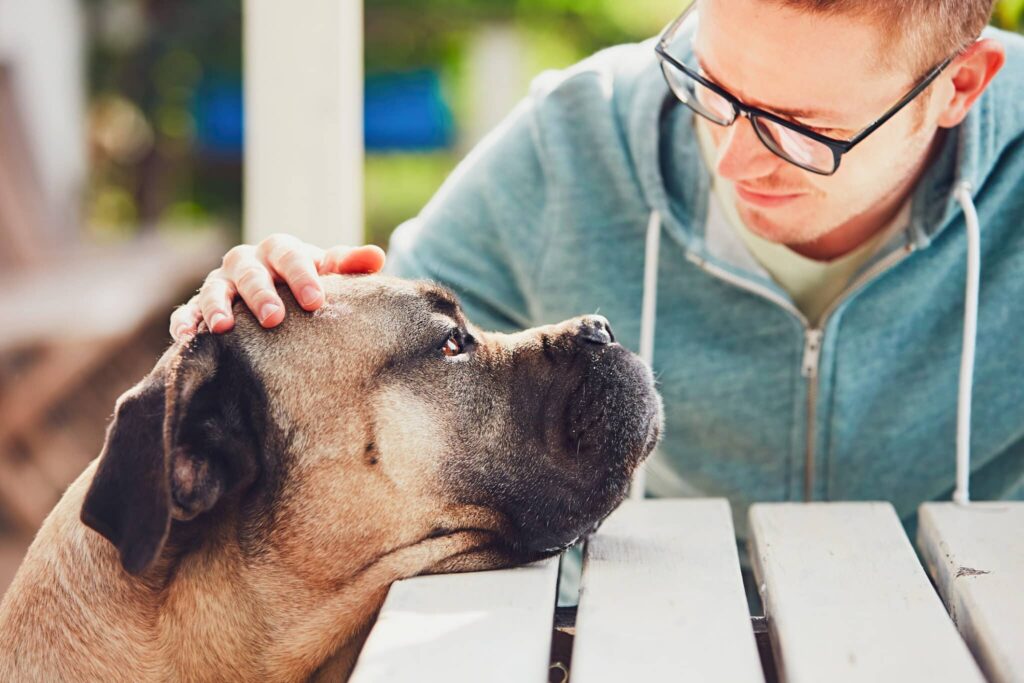
Recurring Expenses: Monthly Budget Considerations
Now that you’ve covered the upfront costs of pet adoption, it’s time to take a closer look at the recurring expenses that come with owning a pet. By creating a monthly budget, you can effectively manage these ongoing costs while providing the best care for your furry friend. Let’s delve into some essential expenditures to include in your pet ownership budget:
Food and Treats: Providing your pet with high-quality food is not only crucial for their overall health but can also prevent potential health issues down the line. Consider your pet’s dietary needs, including any allergies or medical conditions, when choosing their food. While it’s tempting to opt for cheaper options, investing in nutritious and balanced pet food is a worthwhile long-term investment.
Grooming and Hygiene: Just like humans, pets require regular grooming to keep them clean, comfortable, and healthy. Depending on your pet’s breed and coat type, you may need to schedule monthly or bi-monthly grooming appointments. Alternatively, you can choose to groom your pet at home using self-grooming supplies such as brushes, shampoos, toothbrushes, and nail clippers. While self-grooming can be cost-effective, professional grooming ensures that your pet’s coat, ears, teeth, and nails receive the attention they need.
Medications and Preventive Care: Maintaining your pet’s well-being involves regular visits to the veterinarian for vaccinations, preventive medications, and check-ups. Preventive medications for fleas, ticks, and heartworms are essential to protect your pet from parasites that can cause severe health issues. Depending on your location and the prevalence of these parasites, your veterinarian may recommend specific medications. Remember to include vaccination boosters and routine check-ups in your budget to ensure your pet’s continued good health.
Pet Insurance: While no one wants to think about their beloved pet falling ill or getting injured, unexpected medical emergencies can happen. Pet insurance can provide peace of mind and financial relief during these difficult times. By paying a monthly premium, you can have a portion of your veterinary bills covered by the insurance company, making it easier to afford necessary treatments. It’s important to research different insurance providers, compare their plans, and understand what is covered to choose the best option for you and your pet.
Boarding and Pet Sitting: If you’re planning a vacation or a business trip, you’ll need to consider the cost of boarding your pet or hiring a pet sitter. Boarding facilities provide a safe and comfortable environment for your pet when you are away. Prices can vary depending on the location, services offered, and the size of your pet. Alternatively, you may opt to hire a professional pet sitter who can come to your home to care for your pet. Researching local options in advance can help you budget accordingly and ensure that your pet is well taken care of while you’re away.
By including these recurring expenses in your monthly budget, you can effectively manage the financial aspects of pet ownership. It’s important to remember that responsible pet care requires ongoing dedication and financial commitment. While some of these expenses may seem daunting, the love and companionship that pets provide make it all worthwhile.
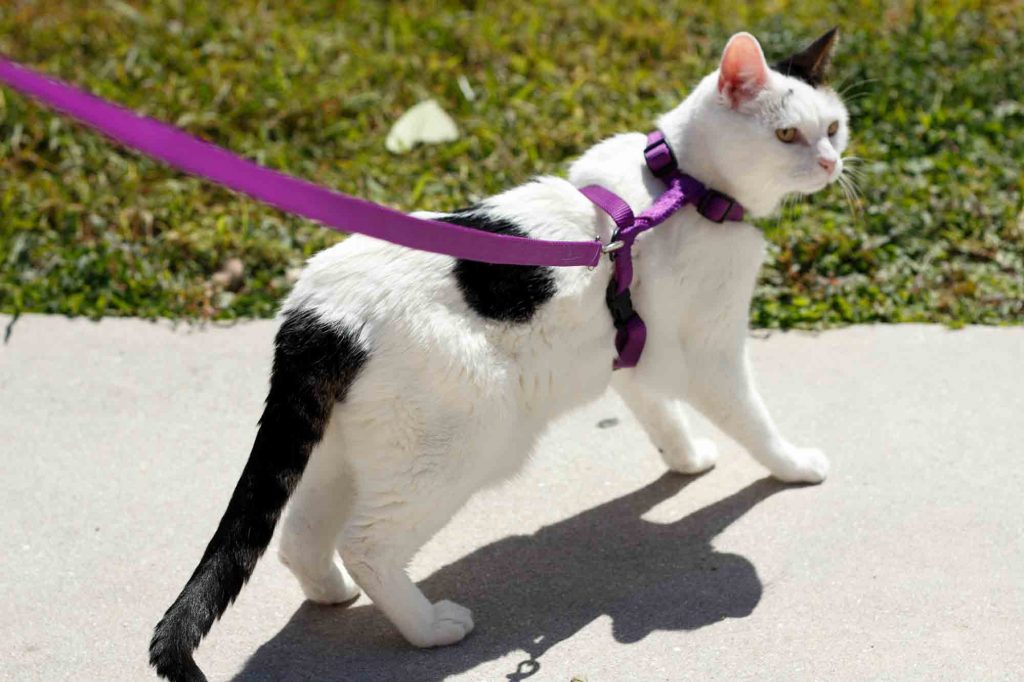
Potential Savings: Tips and Strategies
When it comes to pet ownership, finding opportunities for savings can be a big help in managing your finances. By implementing these tips and strategies, you can provide the best care for your furry companion without breaking the bank:
Adopt, Don’t Shop: When considering adding a pet to your family, adopting from a shelter or rescue organization is not only a compassionate choice but can also be more cost-effective. Adoption fees are often lower than the price of purchasing a pet from a breeder. Additionally, many shelters and rescue organizations have already provided initial veterinary care, such as vaccinations and spaying/neutering, which can save you money on these essential procedures.
Seek Out Subsidized Spaying/Neutering Programs: Spaying or neutering your pet is important for their health and helps prevent certain health issues in the long run. Many communities offer subsidized programs to reduce the cost of these procedures. Contact local animal welfare organizations or your veterinarian to inquire about such programs in your area. Taking advantage of these cost-saving options can help you provide necessary care for your pet while being mindful of your budget.
Explore Free or Low-Cost Vaccination Clinics: Vaccinations are crucial for protecting your pet against common diseases. Some communities host free or low-cost vaccination clinics, providing necessary shots at a fraction of the cost. Check with local veterinary clinics or animal welfare organizations to find out if these clinics are available in your area. This way, you can keep your pet up to date on vaccinations without straining your wallet.
Compare Prices and Shop Smart: Just as you would for your own shopping, it’s important to compare prices when purchasing pet supplies. Look for different retailers, both brick-and-mortar stores and online platforms, to find the best deals. Take advantage of sales, discounts, and promotions. Additionally, consider signing up for loyalty programs, which may offer exclusive discounts or rewards. Saving on pet supplies can add up and make a significant difference in your overall pet care expenses.
DIY Grooming: While certain breeds may require professional grooming, you can save money by learning basic grooming techniques and taking care of your pet’s grooming needs at home. Invest in quality grooming tools that will last longer and familiarize yourself with proper grooming practices. Regularly brushing your pet’s coat, cleaning their ears, trimming their nails, and brushing their teeth can all be done at home with proper guidance. However, be cautious and seek professional assistance if your pet requires specific grooming procedures or has specialized grooming needs.
By adopting rather than purchasing, taking advantage of subsidized programs, exploring low-cost vaccination clinics, comparing prices, and embracing DIY grooming, you can significantly reduce your pet care expenses. Remember, while saving money is important, it’s essential to prioritize your pet’s health and well-being. Ensure they receive the necessary care, nutrition, and love they deserve.
FAQs
- Q: How much does pet insurance cost?
A: The cost of pet insurance varies depending on factors such as your pet’s age, breed, and the coverage plan you choose. It is recommended to get multiple quotes and compare them before making a decision. - Q: Are there any financial assistance programs for pet owners in need?
A: Yes, several organizations offer financial assistance programs to help pet owners in need cover veterinary bills. Research local nonprofits or national programs to see if you qualify. - Q: Is it more expensive to own a dog or a cat?
A: The expenses associated with owning a dog or a cat can vary. Dogs generally require more food, grooming, and potentially more veterinary care, making them slightly more expensive overall. However, individual circumstances and the specific needs of each pet can greatly impact costs.
Conclusion: Financial Side of Pet Adoption
Pet adoption comes with both financial responsibilities and the opportunity for great satisfaction. By understanding the potential costs, planning a budget, and implementing smart strategies, you can ensure the well-being of your beloved companion without compromising your financial stability. Remember, investing in your pet’s health and happiness has immeasurable returns in the form of unconditional love, companionship, and memories that last a lifetime.
So, are you ready to embark on the journey of pet adoption and embrace The Financial Side of Pet Adoption: Costs and Savings? Your furry friend awaits.
Also Read:
